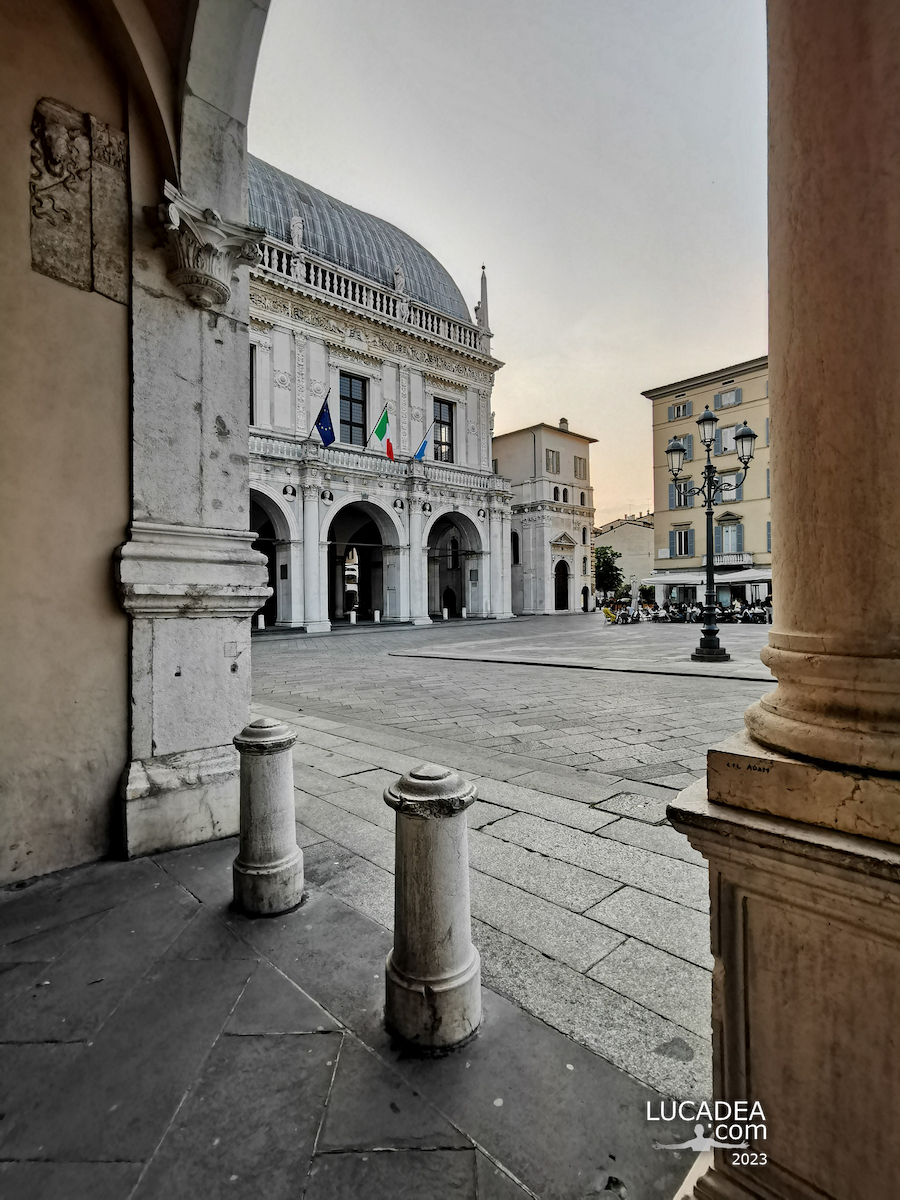A glimpse of the seaside village of Boccadasse in Genoa.
Boccadasse is a charming seaside village located in Genoa, known for its pastel-colored houses and its quiet and romantic atmosphere. This small neighborhood, which seems to have come out of a postcard, is characterized by narrow streets, stairways and a small pebble beach where fishermen spread their nets in the sun.
What to see and do in Boccadasse:
The church of Sant’Antonio da Padova: built by fishermen in the 17th century, this church is a place of worship much loved by the inhabitants of the village. Inside, you can admire marble floors of different colors and numerous ex votos that tell stories of rescues at sea.
The small beach of Boccadasse: a small pebble beach where you can relax and enjoy the view of the fishermen's boats and the colorful houses overlooking the sea.
The Türcke Castle: located in Capo Santa Chiara, this medieval-style castle, designed by the architect Gino Coppedè in 1903, offers a spectacular view of the Golfo Paradiso and Portofino.
Ice cream parlors and restaurants: Boccadasse is also famous for its artisanal ice cream parlors and seafood restaurants. It is the ideal place to enjoy an ice cream or a plate of fresh fish while admiring the view.
The Corso Italia promenade: a long promenade that connects Boccadasse to the center of Genoa, perfect for a relaxing stroll overlooking the sea.
The name “Boccadasse” comes from the shape of the inlet on which it stands, which resembles a “donkey’s mouth”. The village is also known as the “village of lovers” for its romantic atmosphere and breathtaking views.
Have you ever visited Boccadasse? If so, what was your favorite spot? If not, is there anything in particular you would like to see or do there?
Add your own comment or go to the bottom of the site to read what other visitors have written.
Photo taken with Honor 20.
All the photos I took in the village, during different visits, are here:

Where is the village located:
Boccadasse (Boca d’azë or Bocadâze in Genoese) is an ancient seaside village in the city of Genoa, which is part of the Albaro district. In the current administrative division of the municipality of Genoa it is therefore included in the Municipio VIII – Medio Levante, which in addition to Albaro also includes the Foce and San Martino districts.
Continue on Wikipedia
A glimpse of the seaside village of Boccadasse in Genoa – Un aperçu du village balnéaire de Boccadasse à Gênes – Un vistazo al pueblo costero de Boccadasse en Génova – Um vislumbre da aldeia costeira de Boccadasse, em Génova – Ein Blick auf das Küstendorf Boccadasse in Genua – Một cái nhìn thoáng qua về ngôi làng ven biển Boccadasse ở Genoa
The text of the post was written with the help of Copilot, a virtual assistant based on artificial intelligence.
References:
– https://discovergenoa.com/boccadasse-genoa/
– https://en.wikipedia.org/wiki/Boccadasse















